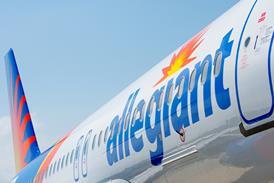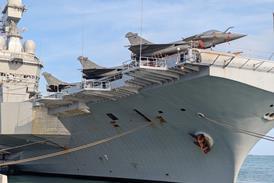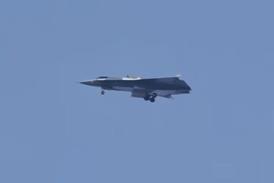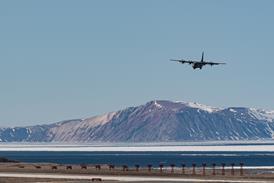Members of the US National Transportation Safety Board (NTSB) today expressed concern about pilot training in water landings as it closed its investigation of the now famous ditching of a US Airways Airbus A320 in New York's Hudson river.
The ditching occurred on 15 January 2009 after Canada geese struck both engines of the jet as it climbed out from New York LaGuardia airport.
In its final report the board cited FAA's inadequate ditching certification standards and lack of industry training on ditching techniques.
NTSB is applauding the crew resource management used by the pilots and states that Chesley Sullenberger's decision to land in the Hudson "provided the highest probability that the accident would be survivable". Former US Airways captain Sullenberger became a national hero in the USA after successfully landing the aircraft into the river. All 150 passengers and five crewmembers survived.
However, the board did state the captain had difficulty maintaining intended airspeed during final approach, which caused high angles of attack that led to difficulty in maintaining intended airspeed during final approach. The challenges in keeping a consistent airspeed resulted in part from stress and task saturation, the board states.
The board is expressing concern that the A320 placed on the flight was certified for extended water operations, and so had additional safety equipment including forward slide/rafts. Members are stressing that equipping aircraft with flotation seat cushions and life vests on all flights, regardless of the route, will provide passengers with water buoyancy and stability in the event of an accident occurring on water.
Now that the investigation is closed, NTSB has issued a total of 35 safety recommendations to FAA and EASA spanning aircraft certification standards, checklist design, flight crew training, airport wildlife mitigation, cabin safety equipment and pre-flight passenger briefings.
Recommendations targeted to Airbus include requiring Airbus operators to change the engine dual failure checklist to include a step to select ground proximity warning system and terrain alerts to "off" during final descent. The NTSB has determined that guidance in the engine dual failure checklist is not consistent with a separate ditching checklist, which includes a step to inhibit those systems.
NTSB is also recommending FAA require Airbus to redesign the frame 65 vertical beam on its narrowbody family to lessen the likelihood it will intrude into the cabin during a gear-up landing. One of the flight attendants on the accident aircraft was injured by frame 65 after it punctured the cabin floor during impact, the board explains. "Because of the beam's location directly beneath the flight attendant's aft, direct-view jumpseat, any individual seated in this location during a ditching or gear-up landing is at risk for serious injury due to the compression and or collapse of the airplane structure".
Board chairman Deborah Hersman states: "Even in an accident where everyone survives, there are lessons learned and areas that could use improvement. Our report today takes these lessons learned so that, if our recommendations are implemented, every passenger and crewmember may have the opportunity to benefit from the advances in safety."
Source: Air Transport Intelligence news























